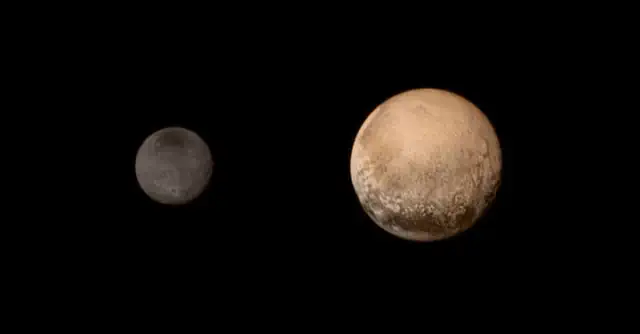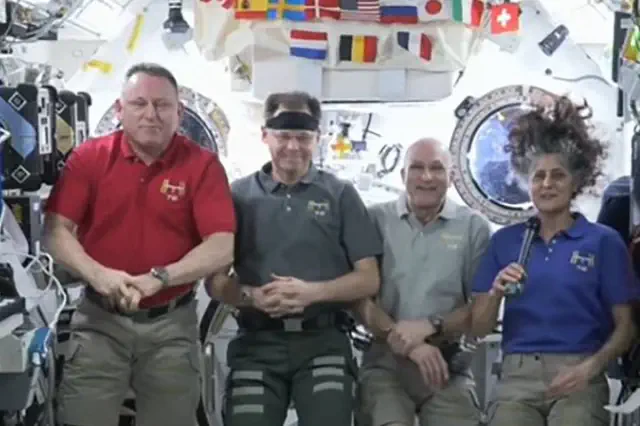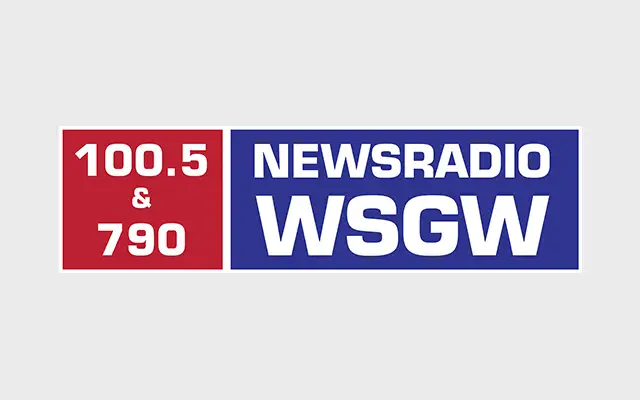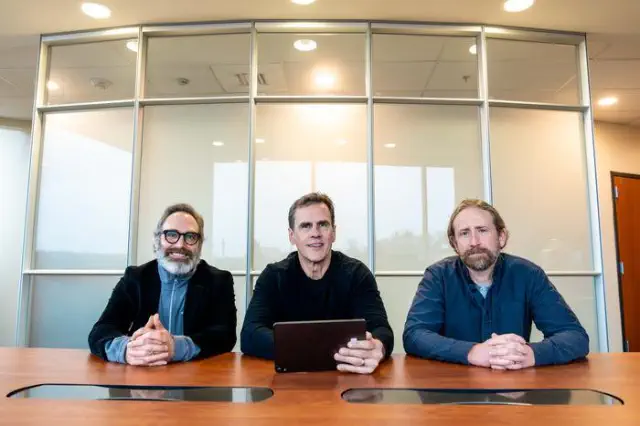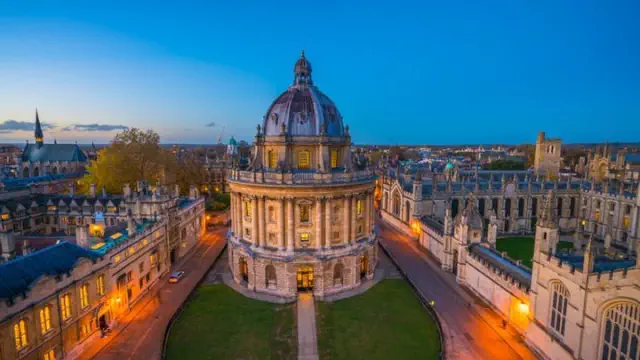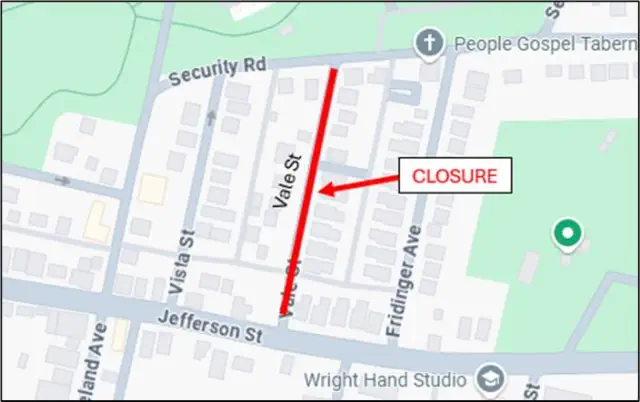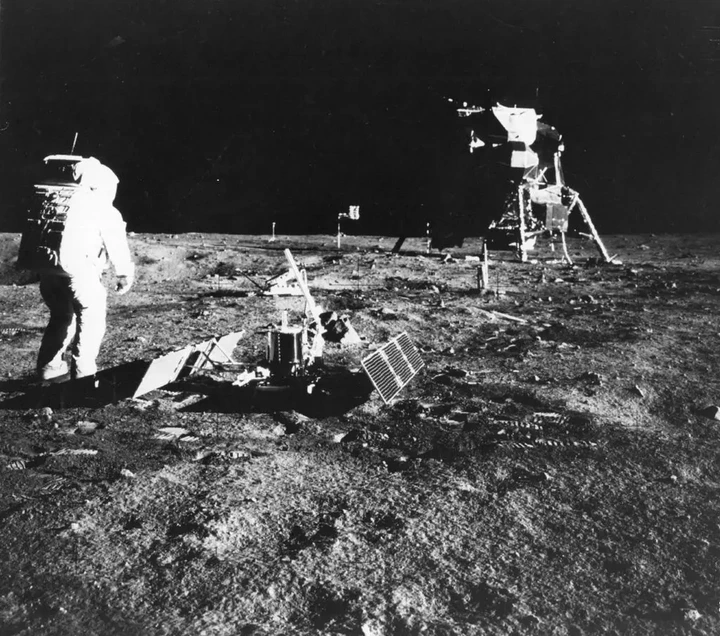
View pictures in App save up to 80% data.
I was 11 on July 16, 1969, when NASA's Apollo 11 spacecraft blasted off from the Kennedy Space Center in Florida for a round-trip journey to the moon. The mission lasted eight days and marked the first time that man landed on the moon.
On July 20, 1969, the planet watched in awe as astronaut Buzz Aldrin expertly piloted the Apollo Lunar Module, known as Eagle, to a successful landing on the moon. At 20:17 UTC (Coordinated Universal Time), Mission Commander Neil Armstrong announced, "Houston, Tranquility Base here. The Eagle has landed."
Pilot Michael Collins operated the Command Module Columbia while it was in orbit around the Moon.
My family—my parents, brother, and I—convened in our living room on Brook Street in New Bedford, huddled around the black-and-white Zenith television while Walter Cronkite took the helm, delivering live coverage of the momentous occasion.
We anticipated this moment because President John Fitzgerald Kennedy had foreseen it. On May 25, 1961, Kennedy declared, "I believe this nation should commit itself to achieving the goal, before this decade is out, of landing a man on the moon and returning him safely to Earth."
On September 12, 1962, John F. Kennedy declared, "We have made the decision to journey to the moon within this decade and to undertake other challenges, not due to their simplicity, but because they present us with difficulty."
In 1969, homes in New Bedford typically tuned into three VHF television channels, as cable was not yet available. The prospect of witnessing live footage of astronauts walking on the moon seemed nearly impossible, yet it became a reality.
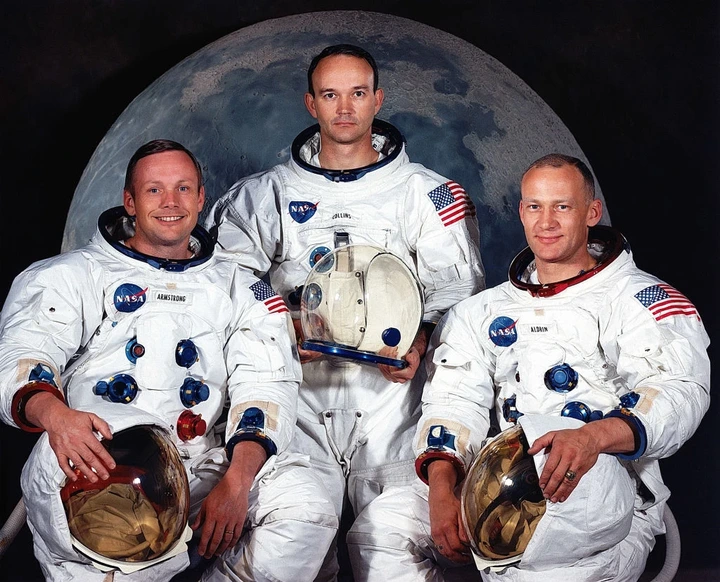
View pictures in App save up to 80% data.
Boston Public Broadcast Station WGBH reports, "The 1969 moon landing of Apollo 11 was a major TV event. When Armstrong opened the door of the lunar module – called the Eagle – the Westinghouse slow-scan camera attached to the door was rolling in black and white."
According to WGBH, "In order to send those images from outer space back to Earth, the video signal required amplification, which was provided by a small device created by Raytheon in Waltham, Massachusetts. This device is known as the QKS-1300 Amplitron."
The Massachusetts Institute of Technology (MIT) was instrumental in the success of the moon landing and the subsequent advancements in space exploration.
MIT News reports, "MIT's role in creating the navigation and guidance systems that got the mission to the moon and back has been widely recognized in books, movies, and television series."
"However, numerous other facets of the institute's participation in the Apollo program and its enduring impact—such as progress in mechanical and computational engineering, advancements in simulation technology, research in biomedical fields, and the geophysical processes of planet formation—have not received the recognition they deserve."
Never mind the technical stuff. For an 11-year-old kid, it was pretty awesome to watch two astronauts play golf and ride a buggy on the moon on live TV.
Take a look at this collection of images from the inaugural moon landing in 2021:
51 Years Ago: 8 Incredible Images from the Historic First Moon Landing
Tips for Capturing Stunning Moon Photographs Like a Pro
Have you ever snapped a photo of the moon only to find that it appears as just a fuzzy white dot against the dark expanse of the night sky, completely unlike the stunning view you witnessed with your own eyes?
You don't require expensive equipment to produce stunning images. Here's a guide on how to achieve that:
Gallery Attribution: WYRK
Lunar Rainbows: Understanding the Color Shifts of the Moon
When the moon is positioned near the horizon, its colors appear more vibrant, often showcasing shades of red or orange. In contrast, during the early morning when blue light is more prevalent, we tend to observe moons with purple and blue hues. The explanation for this phenomenon is as follows:
